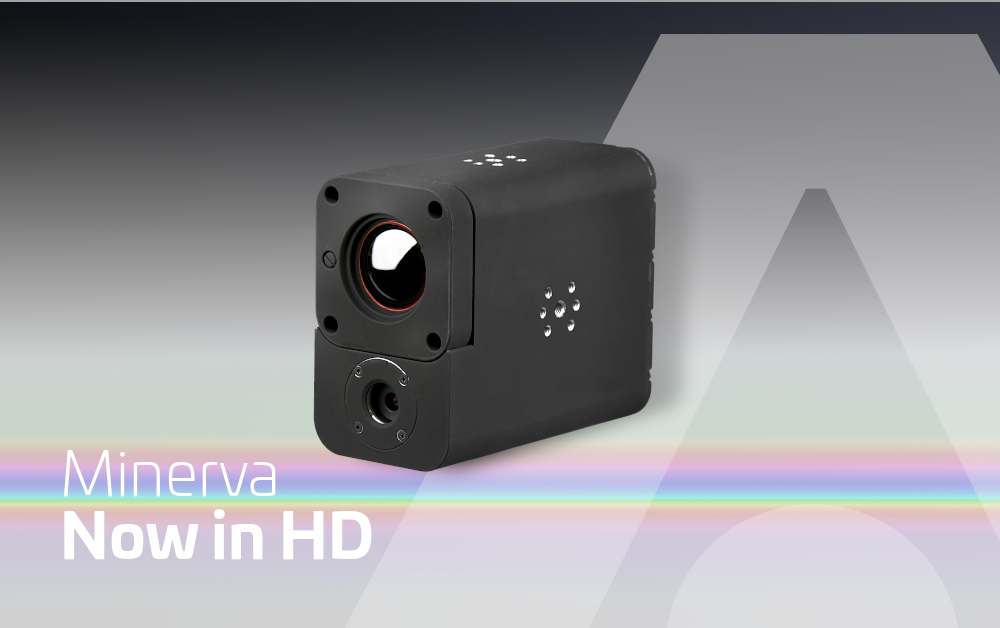A new era of 24-hour safe driving is being ushered in by the latest Minerva visible and infrared dual-band camera in HD from Thales. It will provide users with vital decision-making support in every critical moment.
The new HD Minerva marks the arrival of Thales’ uncooled thermal imaging sensors. This is an integral part of their Driver’s Vision Enhancement and Situational Awareness systems, providing drivers, commanders, and crews of tactical and combat vehicles with unparalleled sensitivity, image quality and situational awareness. Minerva equips users to operate safely and effectively in the day or night and under severely degraded battlefield conditions.
The camera incorporates 1280 x 1024-resolution HD detectors which is a rarity in uncooled devices. This provides 2x more pixels than VGA sensors allowing users to see better and further than the enemy. The Minerva HD allows users to act fast, feel safe, and gain a crucial tactical advantage.
“Soldiers today face fast-changing conditions and growing complexity. Mission success and survivability often depend on the ability to act first and act fast – based on data and information they can trust. The integration of HD into the Minerva significantly boosts performance for threat identification and recognition, enabling users to see better, further, and faster than their adversaries – all of which are critical in decisive moments,” explains Manny Maes, General Manager, Optronics, Thales Canada.
The Minerva HD is designed and manufactured by Thales in Canada. Minerva integrates state of the art, uncooled Long Wave Infrared (LWIR) HD 1280×1024, 12-micron detector and a full HD 1920×1080 visible module. The sensor outputs fully digital 60 Hz video (3G-SDI) and has low-latency and automatic image processing algorithms that ensure users experience no delays in optimizing situational awareness without needing to make adjustments. All this combines to ensure users can respond decisively to threats that are undetectable by the human eye, such as improvised explosive devices (IEDs).

